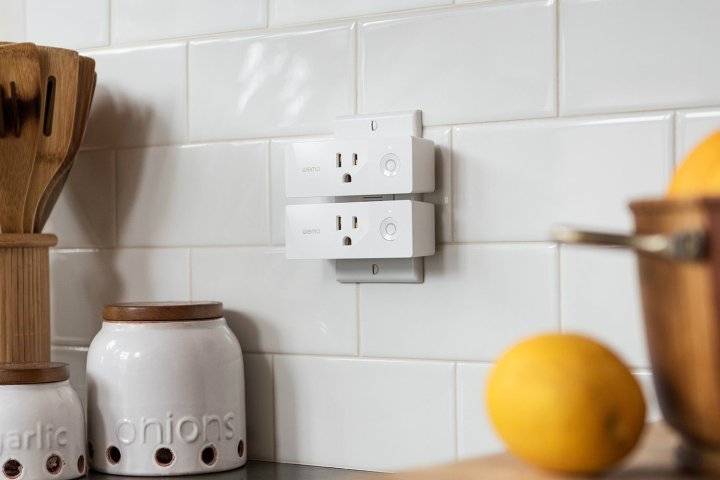A report released by Sense has revealed that home energy usage increased dramatically throughout all of 2020. Of course, this doesn’t come as much of a surprise — with the quarantine and lockdown protocols ensuring most people stayed at home during this time, the average amount of energy used increased by 9.3%. This translated to an overall average increase of $127 by the end of the year, with the highest increase taking place during the spring and summer months.
U.S. customers overall paid an increase of $1.21 billion, but this added cost was not distributed evenly across the country. Five states in particular saw the highest increase in rates, with residents in New York and Massachusetts facing an increase three times that of Florida. As the pandemic spread throughout the country, demand for electricity continued to rise up to 22%.
In addition to the pandemic, wildfires and heatwaves led to far more overall utility spending. If you’re looking for ways to cut back on energy costs, smart home technology can help. Here’s how.
Smart LEDs work on schedules and use less power
People spent a lot more time at home in 2020 than before. This meant a lot more time with the lights on. Smart lights use less energy overall than other types of bulbs for a variety of reasons. Not only do LEDs use an average of 75% less energy than incandescent bulbs, but the ability to schedule when the lights turn on and off — as well as the brightness of the bulbs — can make a huge impact in overall usage.

Smart lighting can be triggered to activate when there is motion in a room. You can also set the lights to turn off after a certain amount of time with no activity or to turn on and off at a specific time each day. All of these features help reduce energy costs by a large margin.
Smart plugs fight vampire or phantom power
Did you know that “off” doesn’t always mean off? In many instances, your appliances are still using energy even though you have turned them off. Anything with a display can often pull power, so appliances like microwaves, coffee pots, etc. will draw energy even when they aren’t in use. While the amount of energy used is low, it adds up over time.

Smart plugs control the flow of power. You can set schedules, turn the plug on and off through voice controls or the app, and much more. When there is no power flowing through the plug, there’s no phantom power draw. It’s a small investment, but it can save you a lot of money over time.
Smart plugs also bring with them the ability to make a regular appliance much smarter. You can plug in lamps and other appliances to a smart plug in order to gain voice control over them or control them via an app, and it’s often a much less expensive option than investing in smart lights.
The Sense Energy Monitor helps track your electrical usage
The Sense Energy Monitor attaches to your electrical panel and scans your home’s energy usage over one million times per minute. It provides users with a detailed breakdown of where the energy in their home is being used. This can tell you if a room is using more electricity than expected.

Most users save between 6% and 9% on their utility bills. It provides information on exactly when and what appliances were turned on, such as the microwave, washing machine, etc. You can also track how long the appliances were used for. This kind of information can help users figure out where excess energy usage is going and how to cut back on expenses.
Smart water monitors help cut back on water bills
A water leak can cost a massive amount of money. Between the damage caused by water leaks and the excess you’ll spend in utility payments to the water company, even a small leak can set you back hundreds or even thousands of dollars. A smart water monitor can help keep an eye on leaks before they worsen.

Water monitors track the amount of consumption and can even shut off the main water valve if a leak is detected. It can save your home from a lot of damage. By tracking your water use, you can find out where you can improve your habits and reduce utility costs even more.
Although you might spend more time at home these days, it doesn’t mean you have to spend more money. Put smart home technology to use to help you reduce your utility costs.




